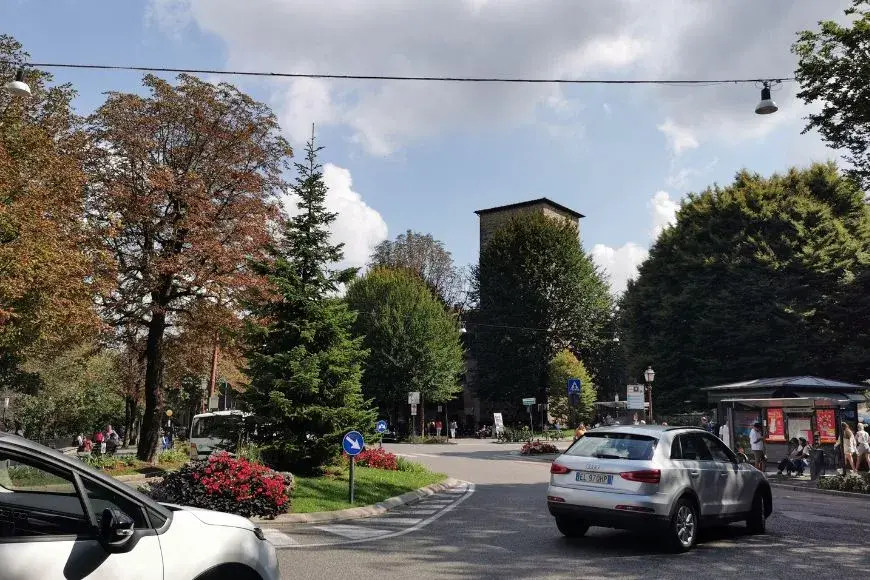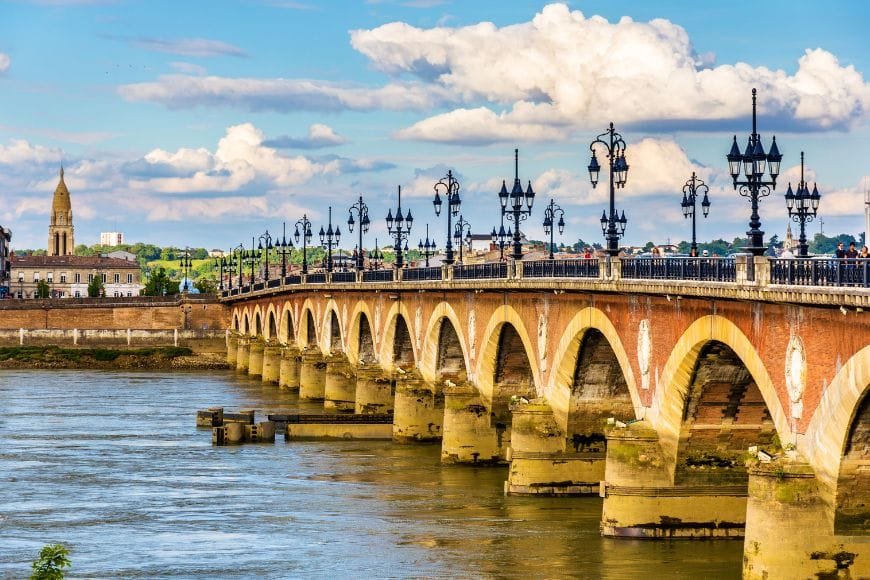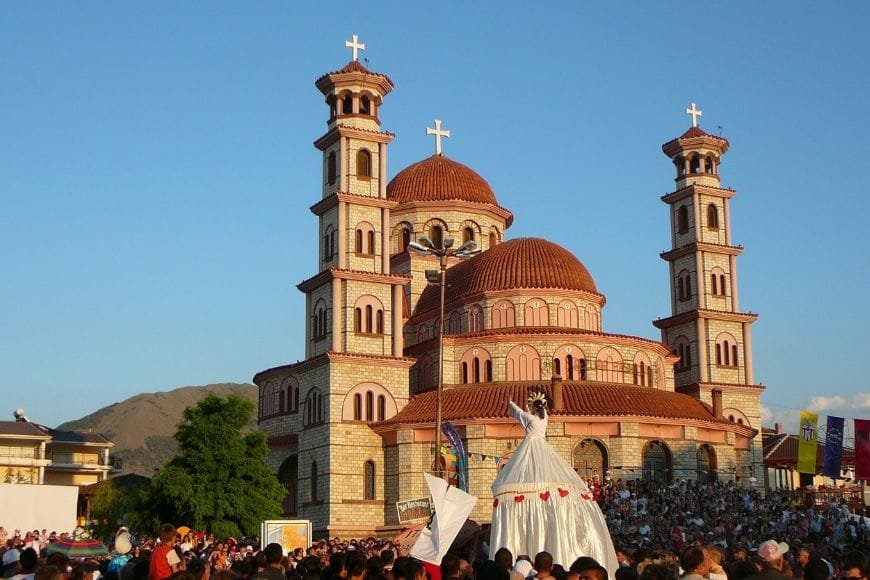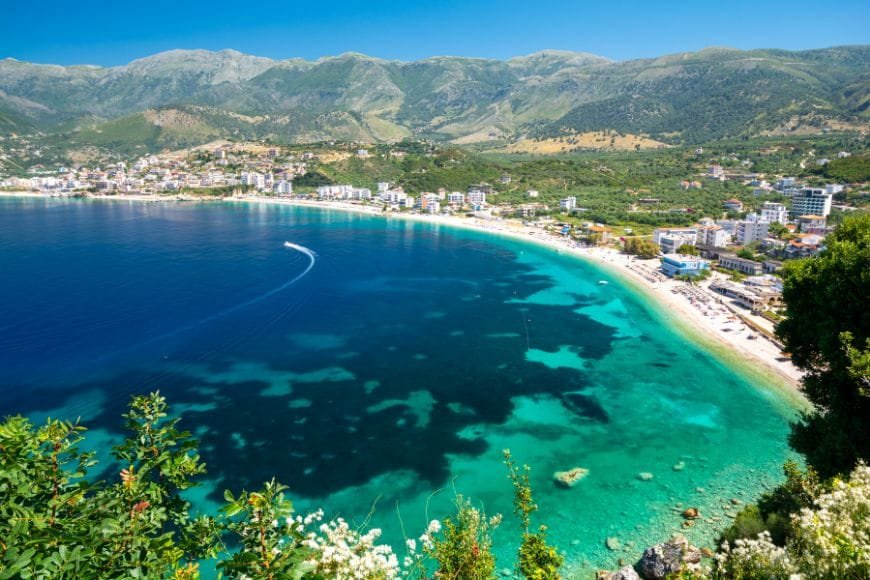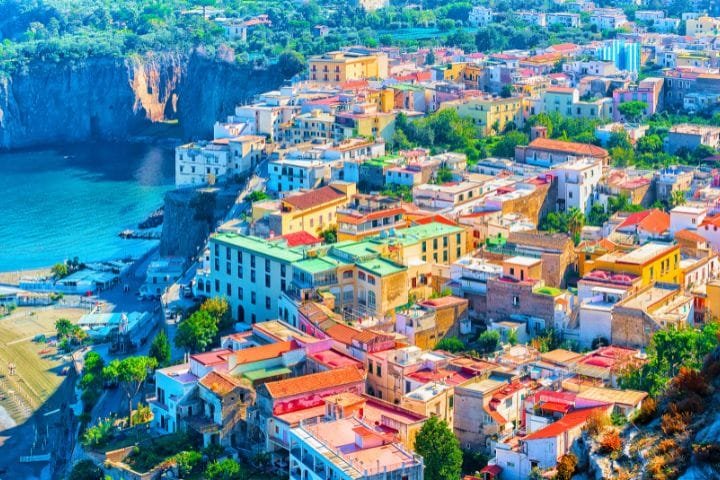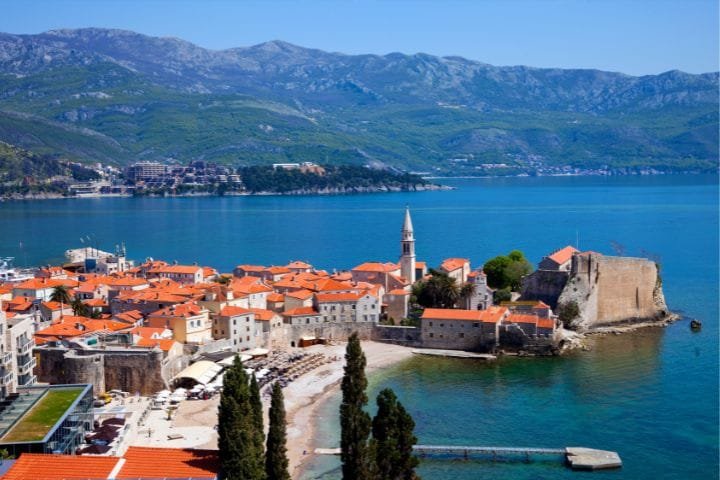Alpine Driving Tips Europe: Essential Guide for 2025 Mountain Adventures

by Tim | Last Updated November 23, 2025
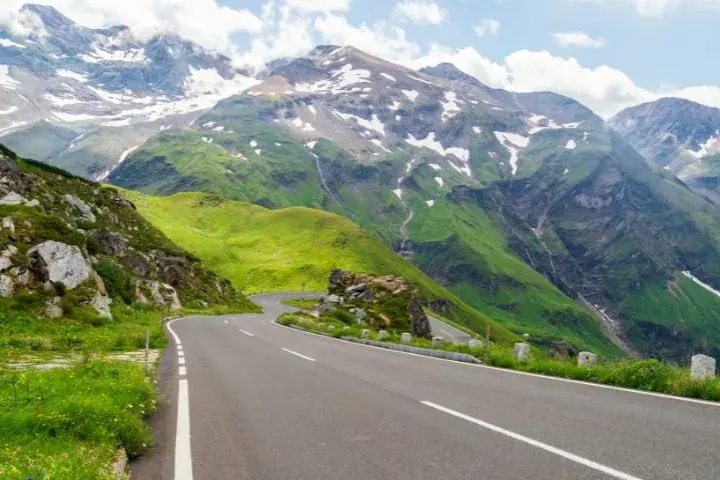
Imagine yourself behind the wheel, winding through breathtaking mountain passes with snow-capped peaks towering above and valleys stretching below.
Alpine driving in Europe offers some of the most spectacular road trip experiences in the world! However, these picturesque routes also present unique challenges that require special preparation and skills.
According to a 2024 survey by the European Tourism Association, over 40% of first-time Alpine drivers report feeling unprepared for the specific demands of mountain driving.
Whether you’re planning to explore the Swiss Alps, conquer Austria’s Grossglockner High Alpine Road, or meander through Italy’s Dolomites, this comprehensive guide, “Alpine Driving Tips Europe,” will equip you with the essential knowledge and techniques to navigate Europe’s alpine regions safely and confidently.
Essential Preparation Before Your Alpine Journey
Jumping into an alpine adventure without proper preparation is a recipe for disaster! I’ve learned this the hard way after getting caught in an unexpected June snowstorm on the Grossglockner. Trust me, the Alps aren’t just one big mountain range – each region has its own personality.
Summer (June-September) is generally your best bet for most alpine passes, though some higher routes like Stelvio might only open from late May to October. We’ve faced plenty of disappointment finding roads still closed in early May! Always check official websites before finalizing plans.
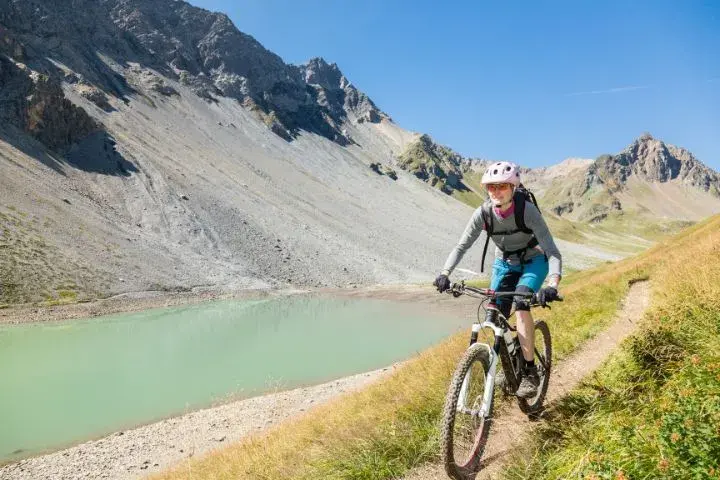
Documentation-wise, you’ll need:
- Driver’s license
- International driving permit (especially important in Austria and Italy)
- Vehicle registration
- Proof of insurance
Don’t forget the country-specific requirements – Switzerland requires that vignette sticker for highways, and I nearly got a hefty fine my first time!
For your vehicle, check those brakes before you go – mountain descents are brutal on brake pads. Your car’s cooling system needs to be in top shape, too, as engines work overtime on those climbs.
Never, EVER skimp on the emergency kit:
- Pack warning triangles
- Reflective vests (mandatory in most countries)
- First-aid supplies
- Good flashlight
- Throw in some energy bars and water too – being stuck on a remote pass is no joke.
The apps that saved my bacon more times than I can count are Waze for real-time road info, MeteoAlarm for weather alerts, and Via Michelin for planning scenic routes with elevation profiles.
The local weather can change in minutes, so having good forecasting tools is absolutely essential.
Alpine Driving Techniques and Safety
Driving those alpine roads ain’t for the fainthearted! The first time I tackled those steep switchbacks in the Dolomites, my knuckles were white on the wheel.
Uphill driving requires you to maintain momentum without over-revving. Keep your engine in its power band – usually 2000-3000 RPM for most cars.
Going downhill is where most folks mess up. Don’t ride your brakes! They’ll overheat and potentially fail (I learned that scary lesson on Col du Galibier). Instead, downshift to a lower gear – use 2nd or 3rd on steep descents – and let engine braking do most of the work. Apply brakes intermittently to prevent overheating.

Hairpin turns require patience and technique. Approach wide, brake before the turn (never during!), and accelerate gently as you exit. Some of these bends are literally 180 degrees with ridiculous drop-offs, so take your time.
Those little passing places are lifesavers on narrow roads. The rule of thumb: whoever’s closest to a passing place should pull in. If you’re going uphill, you technically have the right of way over downhill traffic, but sometimes common sense trumps rules.
Your car will lose about 3% power for every 1000 feet of elevation gain due to thinner air. You’ll notice it feels more sluggish above 6000 feet – totally normal, just give it more gas.
And please, please be kind to cyclists. They’re everywhere in the Alps during summer! Give them at least 5 feet when passing, and if the road’s too narrow, just chill behind them until it’s safe. We’re all there to enjoy those stunning views, after all.
Weather Challenges and How to Handle Them
Alpine weather is like that friend who can’t make up their mind – sunshine one minute, sideways rain the next! I’ve been caught in July snowstorms on the Furka Pass that came out of nowhere. Always, and I mean ALWAYS, check the forecast before heading out and pack layers regardless of season.
Driving in heavy alpine rain is a tricky business. Those steep roads become waterslides real quick!
- Reduce your speed by at least 30%
- Increase following distance
- Watch for those sudden streams crossing the road. I once hydroplaned near Mont Blanc because I was going too fast in a downpour – scared me half to death!

Snow and ice?
- Drop your speed dramatically
- Leave tons of space between vehicles
- Gentle inputs are key – no sudden braking, accelerating, or steering
- If you start sliding, steer into the skid (toward where the rear is sliding) and avoid braking.
- Some passes require chains even in early summer – I keep mine in the trunk year-round now.
Fog up high is the most dangerous condition:
- Turn on fog lights (not high beams – they make visibility worse!)
- Slow way down, and follow the right edge line for guidance.
- If it gets too thick, find a safe place to pull over completely off the road.
For those driving campervans or anything tall, mountain winds are no joke. They can literally push you across lanes on exposed sections.
- Keep both hands firmly on the wheel
- Reduce speed when crossing ridges or open areas.
If the weather turns truly nasty, don’t be a hero. Find a safe spot to wait it out – a tunnel entrance, restaurant parking lot, or viewpoint. I spent three unexpected hours in a Swiss café waiting out a thunderstorm, which beat the alternative of sliding off the mountain!
European Alpine Road Regulations and Signage
Let me tell you about alpine road signs – they’re a whole different ballgame up in the mountains!
Those yellow diamond signs showing a truck on a percentage gradient? That’s telling you how steep things are about to get. Anything above 12% is gonna make you say, “Whoa!” The first time I saw 22% on the Stelvio Pass, I nearly turned around!
Speed limits change constantly in alpine regions. Generally, you’re looking at 80-90 km/h on open mountain roads, dropping to 50 km/h in villages and sometimes 30 km/h on particularly treacherous sections.

They’re not kidding with these limits – the roads are genuinely challenging, and local police don’t mess around.
Winter equipment rules vary by country and can change based on conditions. Austria and Germany require winter tires between specific dates (usually November- April), while Italy and Switzerland enforce them based on actual road conditions.
The “snow chains required” sign looks like a tire with chain links – when you see it, pull over safely and put those chains on! I learned this lesson the expensive way after getting stuck and needing a tow in the French Alps.
Toll systems are another headache. Switzerland uses an annual vignette for all highways (40 CHF), while specific alpine passes like Grossglockner in Austria have their own separate tolls (around €37). Some mountain tunnels are crazy expensive – Mont Blanc tunnel between France and Italy runs about €47 one way!
Parking at popular spots fills up super early, especially in the summer. Many have strict time limits and require dashboard discs showing your arrival time. I’ve had to circle for ages at Tre Cime di Lavaredo because I arrived too late.
Don’t ignore those environmental zone signs, especially in places like Tyrol, Austria. Some mountain areas restrict traffic to reduce pollution, and fines for violations can top €100.
Look for the colored stickers or zone markers – if your vehicle doesn’t meet requirements, you might need to take public transport instead. Trust me, getting turned away after driving for hours to reach your destination is a major bummer!
Famous Alpine Passes and Routes: What to Expect
Oh boy, let me dish on these legendary mountain roads! After driving Stelvio Pass three times, I’ve earned my stripes on its 48 hairpin turns. It’s easily a 9/10 difficulty with those tight switchbacks and steep gradients.
The northern approach from Prato is the most dramatic but also the busiest. The eastern side has better visibility around corners.
Grossglockner in Austria is all about the views – it’s more forgiving than Stelvio (maybe 7/10 difficulty) but climbs higher with better infrastructure. The Franz-Josefs-Höhe viewpoint looking at the glacier is mind-blowing! But, the €37 toll shocked me my first visit.
Col du Galibier in France? That final stretch near the summit is narrow with no guardrails – definitely pucker-inducing! It’s part of the Route des Grandes Alpes, which is hands-down my favorite multi-day drive through the French Alps.
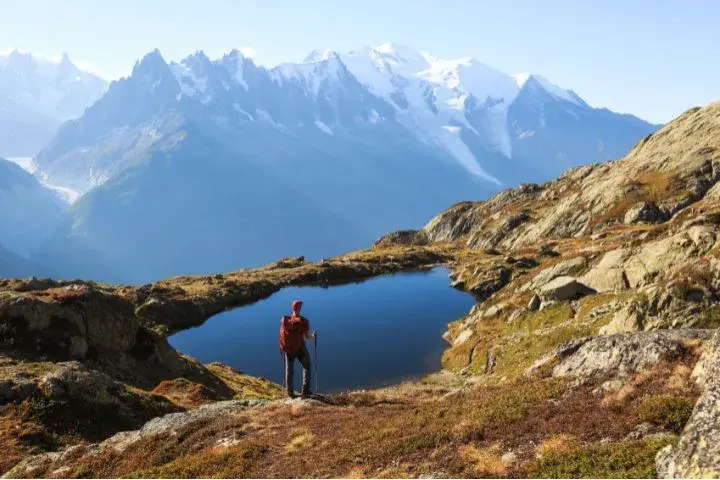
Most major passes have decent facilities, but they’re tourist central in July and August. Stelvio’s summit has several restaurants and shops, while Grossglockner has actual visitor centers with exhibitions. I always try to arrive before 10 am to beat the tour buses and motorcycle groups.
For less crowded alternatives, try Switzerland’s Susten Pass instead of Furka or Italy’s Passo Giau instead of the packed Sella Pass. You’ll get equally stunning scenery with half the traffic! I stumbled on Passo Giau by accident after getting frustrated with Sella’s congestion, and it became an instant favorite.
Seasonally, remember that most high passes (above 2000m) only open from late May/early June through October. Galibier and Iseran in France are often closed until mid-June due to snow.
Nothing worse than planning your whole trip around a pass that’s still closed! I check road status religiously using the ViaMichelin app after showing up at a closed Grimsel Pass ruined my itinerary one year.
Practical Tips for an Enjoyable Alpine Driving Experience
Listen up, folks – that 200km alpine route is gonna take you WAY longer than your GPS says! My first big mistake in the Alps was planning 300km in a day. Ha! Six hours later, we’d covered half that distance.
Mountain roads demand realistic planning – I now budget for an average speed of 40km/h and never plan more than 150km daily. Your back (and passengers) will thank you!
Motion sickness can ruin the best alpine adventure. Have someone prone to queasiness? Get them in the front seat, keep the car well-ventilated, and have them focus on the horizon, not their phone! Ginger candies saved my wife’s sanity on those twisty Dolomite roads. Taking frequent breaks helps too.
Never, and I mean NEVER, let your fuel gauge drop below half in alpine regions. Gas stations are sparse, especially on pass roads, and many close early or aren’t open year-round.
I nearly ran out once between Swiss mountain villages because I underestimated how much fuel those climbs consume. Some passes can increase your consumption by 30%!
When stopping for photos (and you’ll want to constantly), please pull completely off the road! Those designated viewpoints exist for a reason. I’ve seen too many cars parked halfway into traffic creating dangerous situations. And don’t hog prime photo spots – take your shots and move along so others can enjoy.
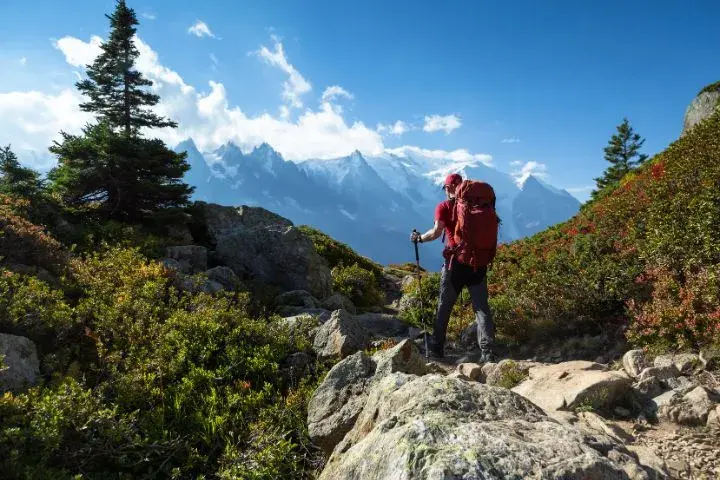
Alpine villages have their own flow – slow down to 30km/h even if signs permit faster speeds. Many have fountain systems running through town that locals treasure, so don’t splash through them! Church bells might ring at odd hours too – part of the charm. I learned to embrace the 7am Sunday bells after initially being annoyed.
For accommodation, gasthaus-style places along major routes often cater specifically to road-trippers with secure parking, early breakfasts, and no minimum stays.
Many even have drying rooms for wet gear! My favorite trick is booking places with restaurants on-site, so after a long driving day, I don’t have to go searching for dinner.
⭐ Related Guides for Safe Mountain & Alpine Driving
Driving through Europe’s alpine regions is unforgettable — but it comes with sharp bends, changing weather, and strict rules. These guides help you stay safe, confident, and fully prepared for high-altitude driving.
Read Next:
- Understanding European Road Signs – Warning, priority, and danger signs you’ll see in mountain regions.
- European Roundabout & Priority Rules – Essential for navigating rural and alpine village junctions.
- Essential European Driving Safety Tips – Smart safety habits for long-distance and high-altitude travel.
- Italy ZTL Zones Driving Guide – Important if your alpine route includes Italian towns with restricted access.
- Best Road Trip & Navigation Apps for Europe – Offline GPS, mountain pass alerts & real-time weather tools.
- How to Plan a European Road Trip – The main pillar guide for routes, planning, apps, and safety.
Conclusion
Mastering alpine driving in Europe combines preparation, skill, and respect for the mountain environment. The rewards—breathtaking vistas, charming villages, and unforgettable experiences—far outweigh the challenges when you’re properly prepared.
Remember that conditions can change rapidly in alpine environments, so flexibility and caution should always guide your decisions.
Whether you’re exploring the French Alps, navigating Swiss mountain passes, or discovering hidden gems in Slovenia’s Julian Alps, these essential tips will help ensure your European alpine adventure is as safe as it is spectacular. Ready to take on those hairpin turns? Your unforgettable mountain driving adventure awaits!
💬 We’d love to hear from you!
Have questions, tips, or personal travel stories to share? Drop them in the comments below — your insights help fellow travelers plan their adventures too.



